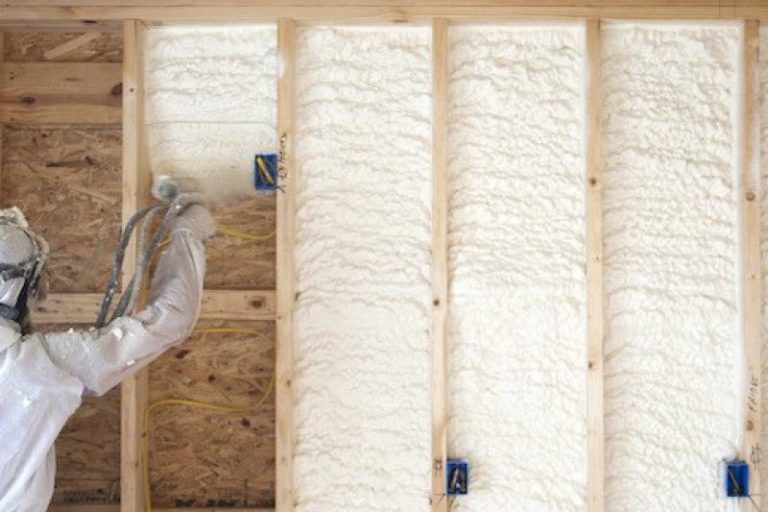Our Service to You
Discover more about our extensive range of professional services. We constantly update this page, but if you still can’t find what you’re looking for, please feel free to get in touch with us – we will be more than happy to help.

Old Insulation Removals
insulation will get damage if it gets exposed to water or pests. wet insulation can create excess moisture, wet insulation can lead to mold, mildew or even the rotting of your ceiling roof rafters.
removing old insulation from an attic can be a hard process if it is not done right. we use equipment designed specifically for insulation removal, ensuring the wet insulation and anything in it remains contained and does not contaminate your main living space.
We take extra precautions to ensure that the rest of your house or commercial property is unaffected by the insulation removal process. we have the tools and experience needed to ensure the attic insulation removal process is as simple, clean and efficient as possible without sacrificing quality.

Attic Sealing
Applying fast curing spray polyurethane on attic penetrations prior to installing blown-in or batt insulation provides protection against air leaks. Unlike fiber insulation alone, Spray Polyurethane Foam greatly reduces air transmission between the conditioned livings space and the attic, which can account for a large portion of energy loss.

Loose Fill Blow - Insulation
Loose-fill insulation consists of small particles of fiber, foam, or other materials. These small particles form an insulation material that can conform to any space without disturbing structures or finishes. This ability to conform makes loose-fill insulation well suited for retrofits and locations where it would be difficult to install other types of insulation.
The most common types of materials used for loose-fill insulation include cellulose, fiberglass, and mineral (rock or slag) wool. All of these materials are produced using recycled waste materials. Cellulose is primarily made from recycled newsprint. Most fiberglass products contain 40% to 60% recycled glass. Mineral wool is usually produced from 75% post-industrial recycled content.

Duct Sealing
Sealing joints and penetrations around rigid metal HVAC ducts with two components polyurethane in un-conditioned attics and crawl spaces will reduce energy loss, provide greater comfort, and increase the efficiency of the HVAC system. Sealing around exhaust fan ducts can help prevent condensation and dripping back through the fan assembly.

Spray Foam Insulation
Thermal Performance:
SPF can offer the highest R-value per inch, which means greater potential energy savings.1 Typical R-values for SPF range from 3.5-7.0 per one inch of thickness. The higher R-value allows certain SPF products to provide the same energy savings in half the amount of space that may typically be required.

Thermal Insulation
Thermal insulation is the reduction of heat transfer between objects in thermal contact or in range of radiative influence. Thermal insulation can be achieved with specially engineered methods or processes, as well as with suitable object shapes and materials
©Copyright. All rights reserved.
We need your consent to load the translations
We use a third-party service to translate the website content that may collect data about your activity. Please review the details in the privacy policy and accept the service to view the translations.